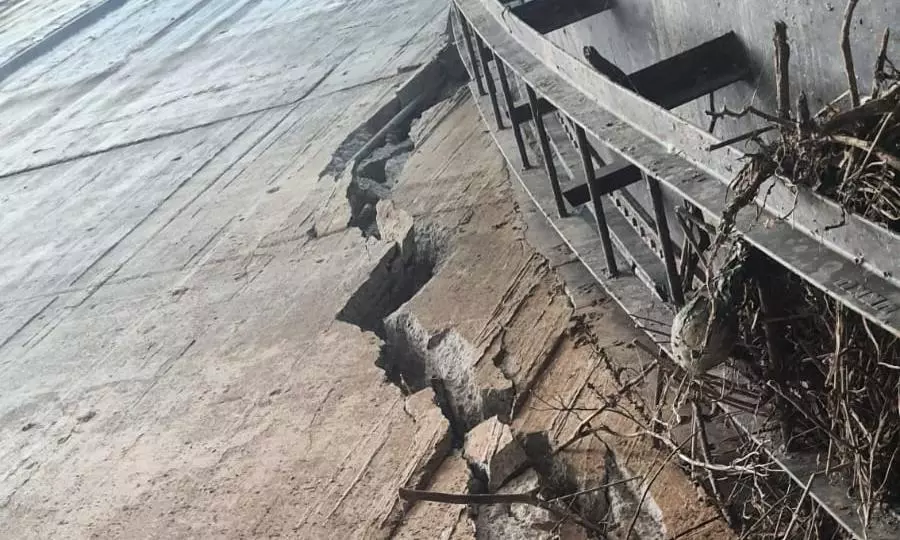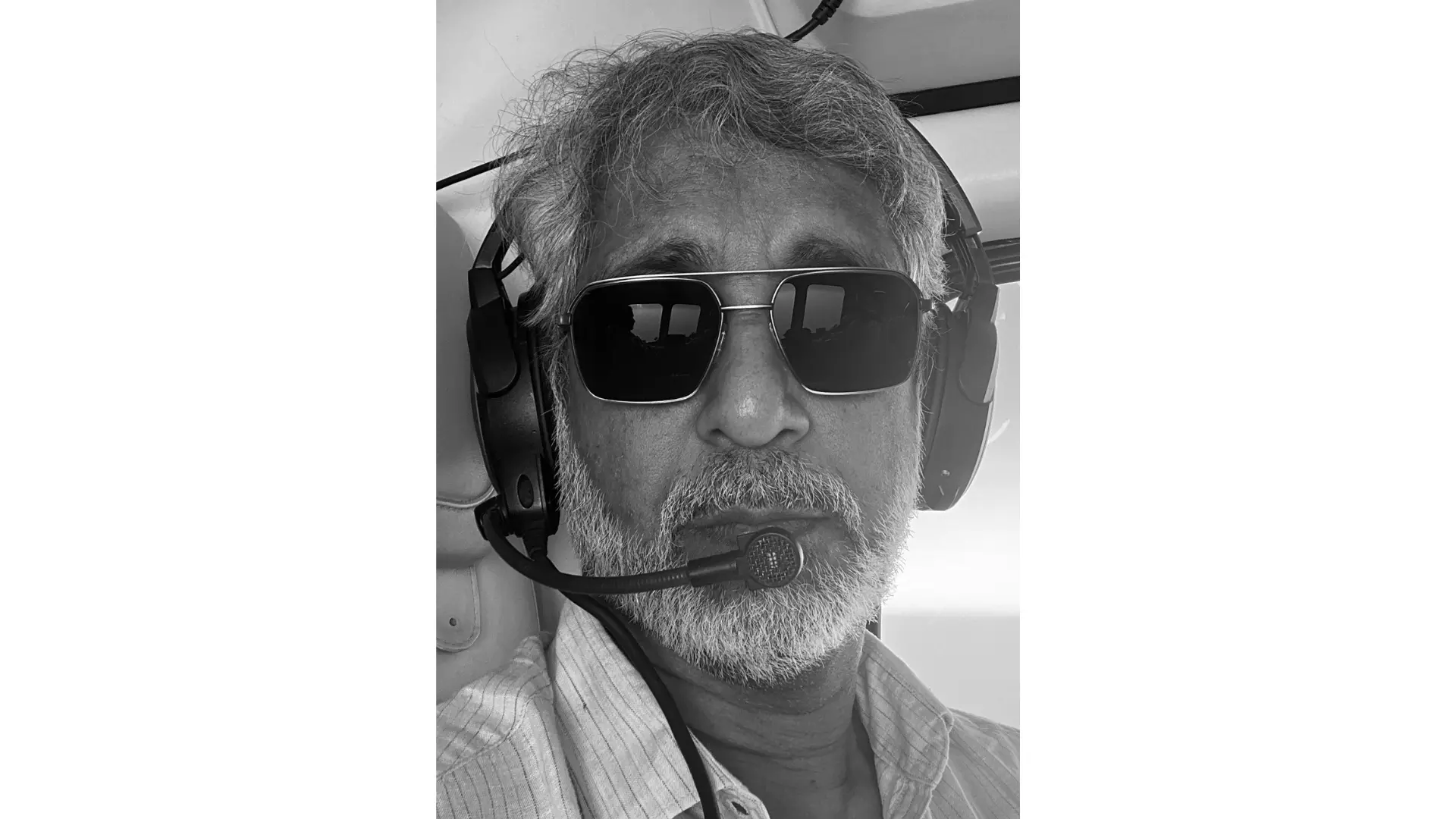Kaleshwaram Barrages’ Pre-monsoon Protection Not for the Faint-Hearted

Hyderabad: The National Dam Safety Authority (NDSA), in its interim report for steps to be taken at the three barrages of the Kaleshwaram project at Medigadda, Annaram, and Sundilla, has listed a long series of tests and steps to prepare them for monsoon floods in the Godavari river.
Among the many things that the NDSA said the irrigation and command area development department will need to deploy unmanned aerial vehicles (UAVs) with high-resolution cameras to map the surface cracks of the entire barrage structures, river cross sections at 100-meter intervals up to 5 km on the upstream and downstream sides of the barrages along with bathymetric studies, use of optical devices to measure any shifts, including microshifts, in the structures, and use of ground penetrating radar and electrical resistivity tomography equipment.
These are in addition to men and materials like earthmoving machines, drilling equipment, construction materials such as sand of specific grades and cement, and so on.
Even though the monsoon generally sets in during the first week of June, the flows in the river begin to rise in July which gives the irrigation department just about enough time to get through what it needs to get done. That, according to sources, will depend on ensuring the companies that built the barrages fall in line.
However, the NDSA said it will be the department’s responsibility to ensure works are completed in time before the monsoon sets in.
The NDSA, in its 17-page report, has devoted nearly seven pages to the worst-hit Medigadda barrage with a portion of one of its blocks suffering severe damage that included subsidence and serious cracks resulting in what the NDSA termed as “a highly distressed condition.”
The report laid out a long series of steps that must be taken as interim measures before the onset of the coming monsoon, which include steps to be taken to raise eight radial gates in Block 7 that have been stuck.
Raising of these gates is critical before Godavari flows rise with the barrage located after the confluence of Godavari with Pranahita river as, according to irrigation engineers, these gates in Block 7 lie towards the middle of the barrage and the flow of water, guided by the elevated banks of the river, could be the strongest towards the centre of the river.
The NDSA also made a slew of recommendations — though not as exhaustive as those for the Medigadda barrage given the nature of problems — at the Annaram and Sundilla barrages where seepage and leaks were observed from under the foundations of the structures.
Infograph
Some of the NDSA recommendations for Medigadda, Annaram, and Sundilla barrages
1. Repair the upstream and downstream sides of the aprons whose surfaces were either washed away or damaged in previous floods;
2. Replace the entire flood dissipation structures on the downstream side along the entire length of the barrages;
3. Drill boreholes at specified intervals to specified depths to study the sub-surface situation and strength of the barrage structures;
4. ‘Ground trimming’ at the barrages on both upstream and downstream sides to ensure smooth flow of water through the gates;
Specific steps at Medigadda:
1. Monitoring of cracks to the accuracy of +/- 1 mm for continuous monitoring of movement across all cracks in piers and raft floor;
2. Construct girder/truss or box girders with bracing systems to prevent any further tilting of damaged piers;
3. Drive sheet pile immediately after the downstream plinth slabs to a depth of 9 metres after completing geophysical investigations;
4. Completely remove radial gates 20, and 21 in Block 7 at Medigadda either by dismantling, and or cutting them, and remove all the dismantled portions;

